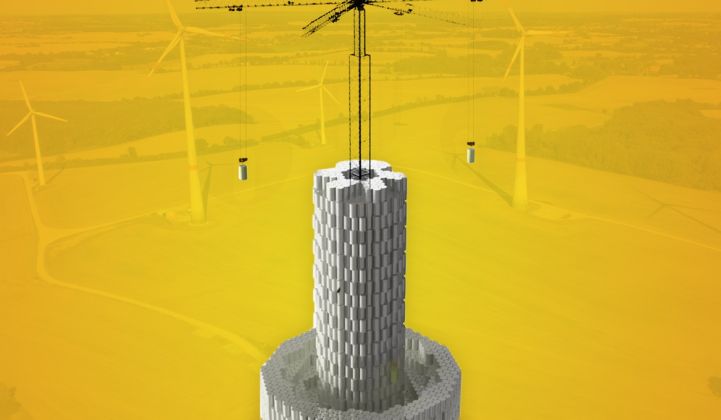
Nov . 13, 2024 19:56 Back to list
mechanical storage of energy exporter
Mechanical Storage of Energy A Pathway for Exporting Renewable Solutions
In recent years, the global emphasis on sustainable energy has intensified, resulting in an urgent need for efficient energy storage solutions. As nations transition towards renewable energy sources, the significance of mechanical storage of energy has come to the forefront. This technology not only enhances energy security but also presents promising opportunities for energy exporting nations aiming to establish a foothold in the green energy market.
Mechanical energy storage encompasses various technologies that capitalize on physical principles to store and release energy. Among the most commonly used methods are pumped hydro storage, compressed air energy storage (CAES), and flywheel energy storage. Each of these methods utilizes mechanical systems to convert surplus energy into stored energy, which can be released when demand peaks or when renewable generation is low, such as during calm days devoid of wind or sun.
Pumped hydro storage is the most widely deployed form of mechanical energy storage today. It involves two water reservoirs at different elevations. During periods of low energy demand, excess electricity is used to pump water from the lower reservoir to the upper one. When energy is needed, the stored water is released back down to generate electricity through turbines. This technology has been around for decades and can provide large-scale energy storage, making it suitable for balancing intermittent renewable sources like wind and solar.
Another innovative solution is compressed air energy storage. In this system, excess energy is used to compress air which is then stored in underground caverns or tanks. When energy demand rises, the compressed air is heated and expanded to drive turbines that generate electricity. CAES has the advantage of being flexible in terms of location, as it can be employed in areas without large reservoirs, making it a valuable asset for countries with diverse geographical landscapes.
mechanical storage of energy exporter

Flywheel energy storage takes a different approach, utilizing rotational kinetic energy stored in a spinning rotor. Energy is input by accelerating the flywheel using an electric motor. When energy is required, the process is reversed, and the kinetic energy is converted back into electricity. Flywheels can provide rapid response to energy needs, making them particularly useful for stabilizing grid frequency and balancing short-term fluctuations in electricity demand.
The integration of these mechanical storage technologies into national energy strategies can significantly enhance energy exports. For countries rich in renewable energy resources—such as wind-dominant regions or those with ample sunlight—the ability to store and dispatch energy becomes a pivotal factor in exporting green electricity. By investing in and scaling up mechanical energy storage systems, these nations can meet domestic energy needs while simultaneously positioning themselves as key players in the international energy market.
Moreover, mechanical energy storage plays a crucial role in addressing the intermittency and variability inherent in renewable energy generation. Robust storage solutions can help smooth out the supply, ensuring that energy can be consistently exported regardless of fluctuating production patterns. This reliability is essential for building trust with energy importers and fostering long-term trade relationships.
Furthermore, advancements in technology and decreasing costs associated with mechanical storage present a unique opportunity for emerging markets. Countries that implement cutting-edge storage solutions can enhance their energy infrastructure without heavily relying on conventional fossil fuels, thus reducing carbon emissions and promoting sustainable growth.
In conclusion, the mechanical storage of energy stands as a vital component of the renewable energy landscape. It not only allows for the efficient management of renewable resources but also enhances the capability of countries to export clean energy globally. As the world moves towards a greener future, nations equipped with advanced mechanical storage technologies will be better positioned to thrive in the energy market, fostering economic growth while adhering to sustainability goals. The fusion of renewable energy generation with mechanical storage innovations promises not just energy independence, but also a brighter and cleaner future for generations to come.
-
Intelligent Energy Management for Efficient Power Use at Home
NewsJul.23,2025
-
Advanced Energy Management System EMS OEM Solutions
NewsJul.22,2025
-
Efficient Energy Management System: Optimize Savings & Monitoring
NewsJul.21,2025
-
Reliable ESS Energy Storage Solutions | Efficient Power Backup
NewsJul.21,2025
-
Self-Cooling-PW-164: Advanced Automatic Cooling Motor Technology
NewsJul.20,2025
-
Energy Management System Optimize Energy Use & Save Costs
NewsJul.20,2025























